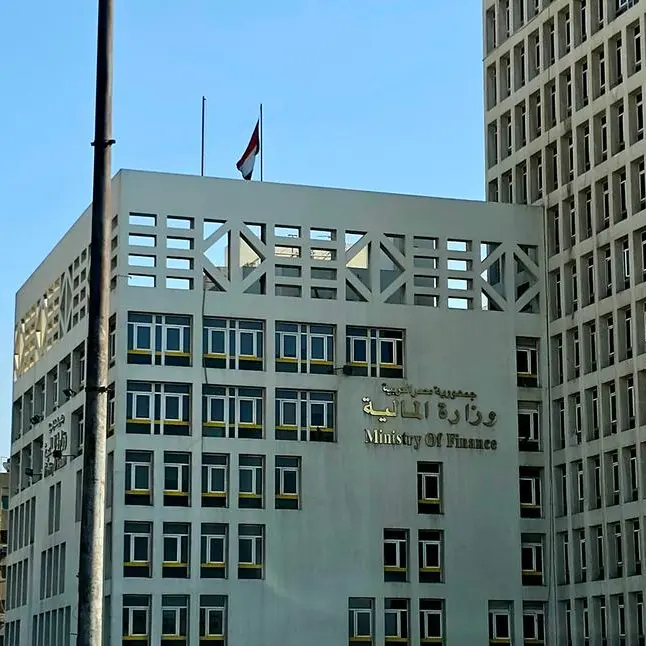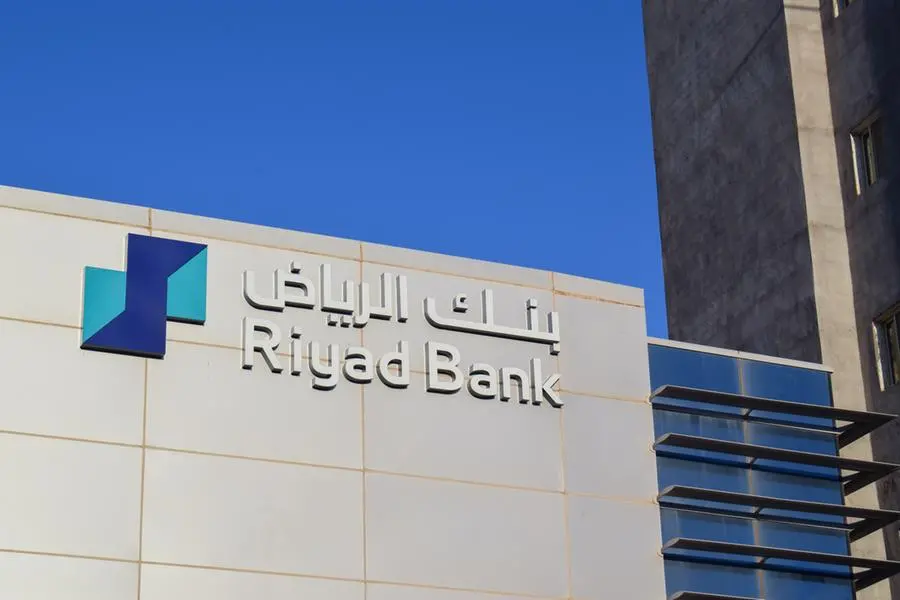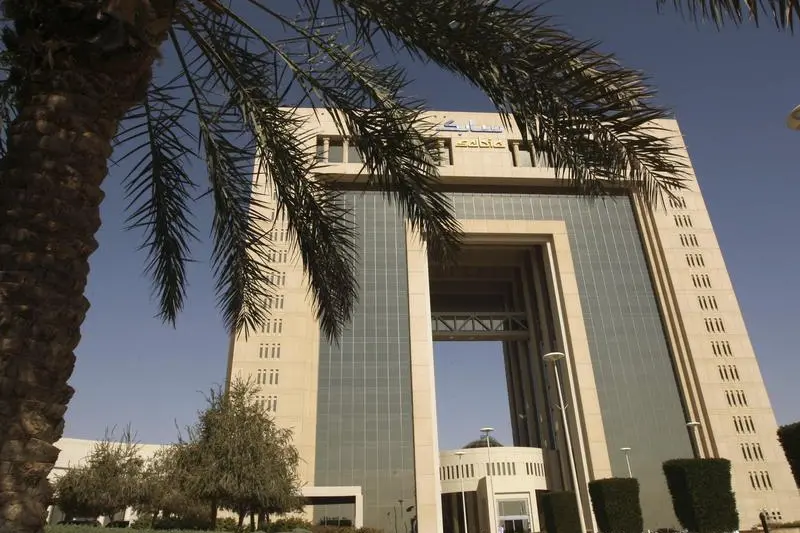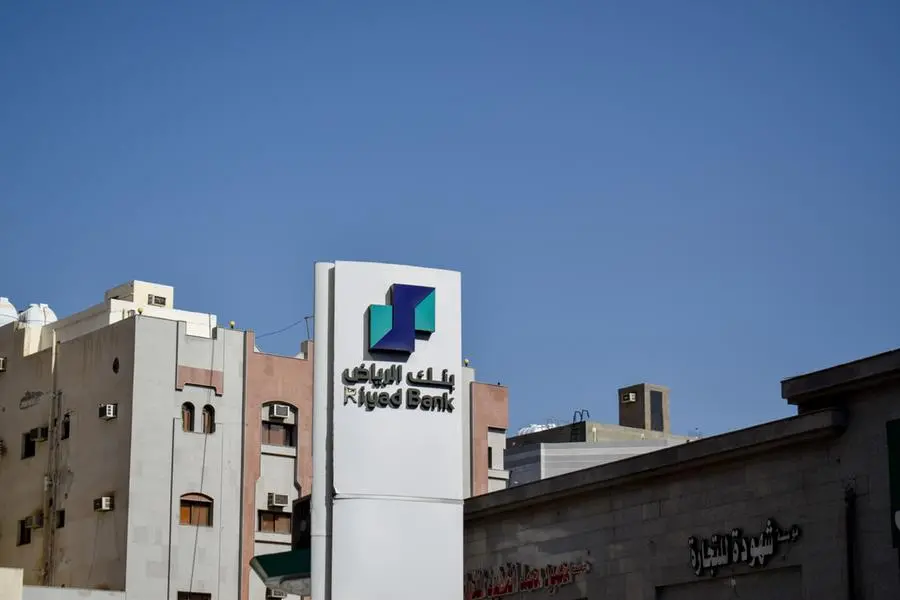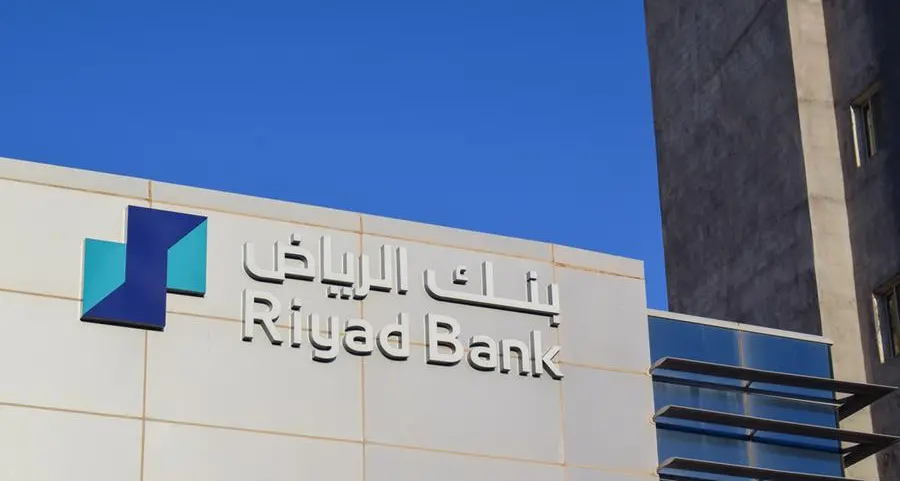PHOTO
Large Indian corporates are expected to hit the domestic bond market in the coming weeks to take advantage of multi-year low yields and ample liquidity after the Reserve Bank of India said it would pay a bumper dividend to the government, according to DCM bankers.
The RBI board approved a dividend transfer of Rs2.69trn (US$32bn) for the fiscal year ended in March, higher than Rs2.1trn for the year ended in March 2024, but lower than economists' estimates of over Rs3trn.
"The surplus dividend payout is driven by robust gross dollar sales, higher foreign exchange gains, and steady increase in interest income," said Soumya Kanti Ghosh, group chief economic adviser at State Bank of India in a note on May 23. The transfer will "ease the fiscal position and can manage the yield curve amidst exogenous turbulence while the contingency risk buffer gets a fillip," he observed.
The central bank's contingent risk buffer range was widened to 4.5%–7.5% of the RBI's balance sheet from 5.5%–6.5%. Under its economic capital framework, the RBI needs to hold some portion of its balance sheet in the form of tangible equity as risk buffer. The CRB, which had been as low as 5.5% during the Covid years to support economic growth has been raised progressively to 6.5% for FY2024 and 7.5% for FY2025.
The bumper RBI dividend is expected to increase the liquidity in the financial system to Rs4.4trn in June from slightly over Rs2trn in the first week of May, according to estimates by Emkay Global Financial Services.
The country's fiscal deficit is also estimated to ease by 20bp from the budgeted estimate of 4.2% of GDP, opening room for additional government spending of around Rs700bn, according to the SBI note.
The RBI dividend may add fuel to the rupee bond market, which has already seen a decent rally this year.
The 10-year benchmark is hovering around 6.21%, its lowest level since September 2021, and is expected to further ease to 6% by year-end, said Madhavi Arora, chief economist at Emkay Global Financial Services in a note on May 23.
Yields will drift lower if the RBI continues to inject liquidity through various tools such as open market operations and variable rate repos, a DCM banker said.
India's 10-year AAA PSU (public sector undertaking) benchmark has fallen to 6.85%, the lowest level since December 2021, and the three-year AAA PSU benchmark is trading at 6.6%, the lowest level since May 2022, according to LSEG data.
"I won't be surprised to see the Indian corporates which have taken a board approval hit the market in the coming weeks to raise bonds as the yields continue to remain very attractive," said a DCM banker.
Moreover, most economists expect the RBI to cut rates by 25bp for the third consecutive time this year to 5.75% at its monetary policy meeting on June 6.
Adani Ports and Special Economic Zone and Reliance Industries may tap the rupee bond market in the coming days, the same banker said.
The two issuers have received board approval to raise Rs60bn and Rs250bn respectively from rupee bonds in one or more tranches.
Grasim Industries is mulling a sale of Rs10bn five-year bonds at 6.56% and Jio Finance is making a quick return to the bond market to raise Rs15bn from three-year bonds at 7.08% on May 27 after a successful debut on May 14. Jio Credit will be the issuer.
Metals and mining group Vedanta Limited is looking to raise up to Rs35bn from two to three-year bonds.
The issuers are yet to make official announcements on their plans.
Source: IFR







